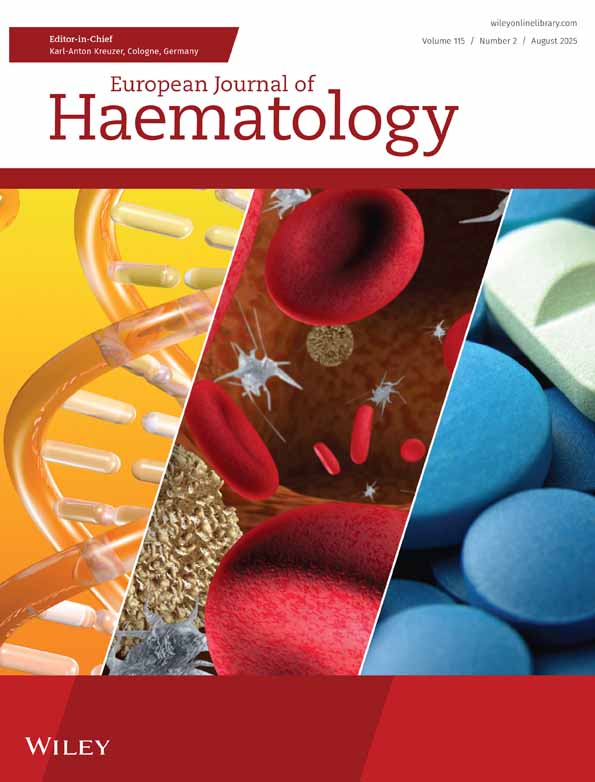Insulin-like growth factor-1 is a predictor of blood haemoglobin concentration in 70-yr-old subjects
Abstract
Abstract: The role of growth hormone (GH) for maintaining normal erythropoiesis among non-GH-deficient elderly subjects is not known. Objectives: To determine relationships between the concentrations of serum insulin-like growth factor-1 (IGF-1) and it's carrier protein insulin-like growth factor binding protein 3 (IGFBP-3), as well as plasma erythropoietin (EPO), and blood haemoglobin (Hb) in elderly subjects. Methods: Serum IGF-1 and IGFBP-3 and plasma EPO were, in addition to basal haematological tests, measured in a community based representative population sample of 70-yr-olds (n = 619; 317 women and 302 men). Statistical analyses were made before and after exclusion of non-healthy subjects. Results: Mean IGF-1 concentration was higher among men than women (155 vs. 138 μg/L, P = 0.0000), and that of IGFBP3 lower (2.21 vs. 2.65 mg/L, P = 0.0000). Exclusion of subjects with demonstrable disorders did not significantly influence the distributions of serum-IGF-1 and serum-BP-3. Hb concentration was positively correlated to concentrations of IGF-1 (r = 0.15, P < 0.01 for the men; r = 0.34, P < 0.001 for the women), and IGFBP-3 (r = 0.07, n.s. for the men; r = 0.27, P < 0.001 for the women), and negatively correlated to EPO concentration (r = −0.34, P < 0.001 for the men; r = −0.42, P < 0.001 for the women). In multivariate analysis, serum concentrations of IGF-1, iron, and plasma concentrations of EPO were independently correlated to Hb among both men and women. Conclusion: GH and/or IGF-1 are, independently from EPO and regardless of health status and sex, a significant determinant of Hb in elderly subjects.




